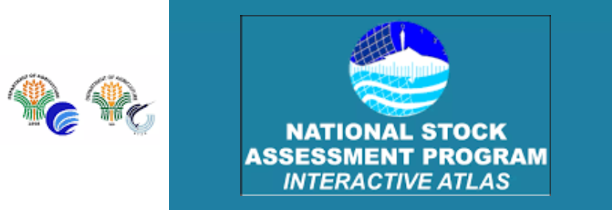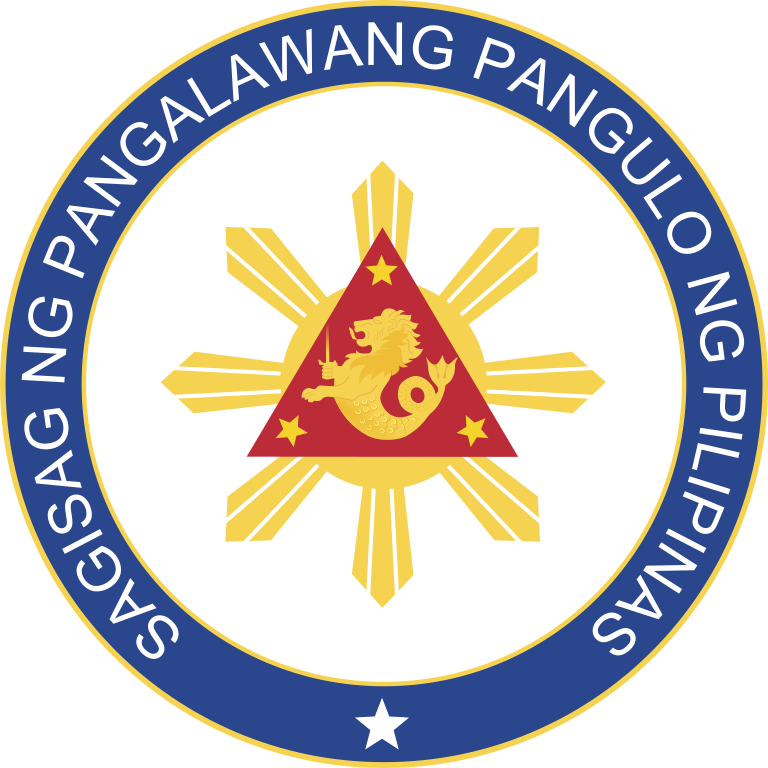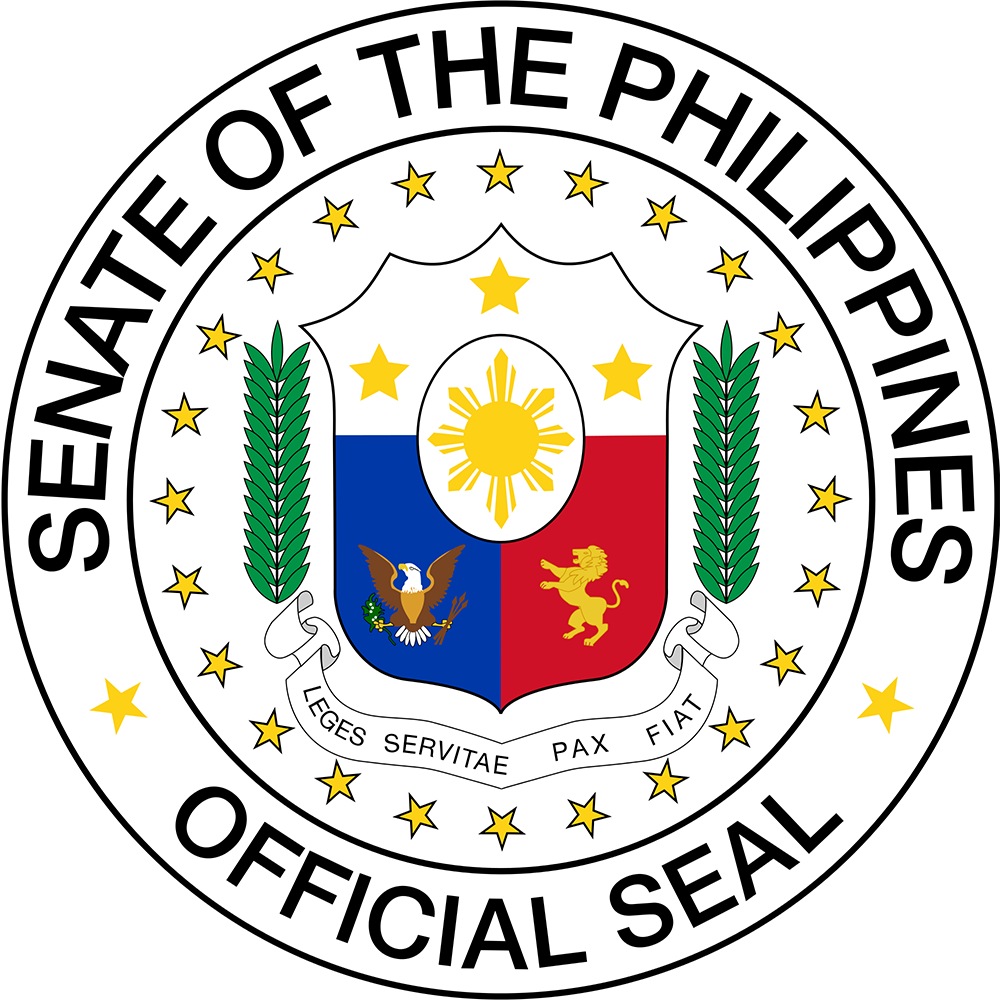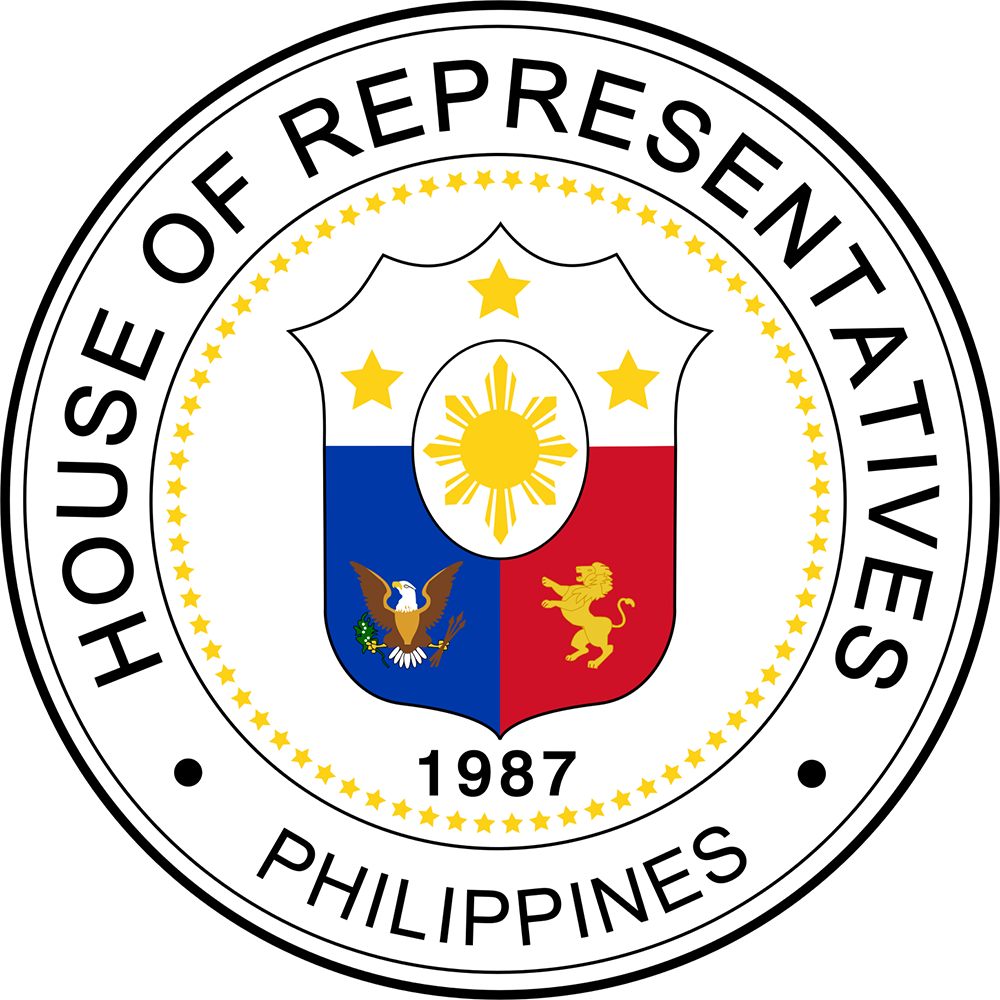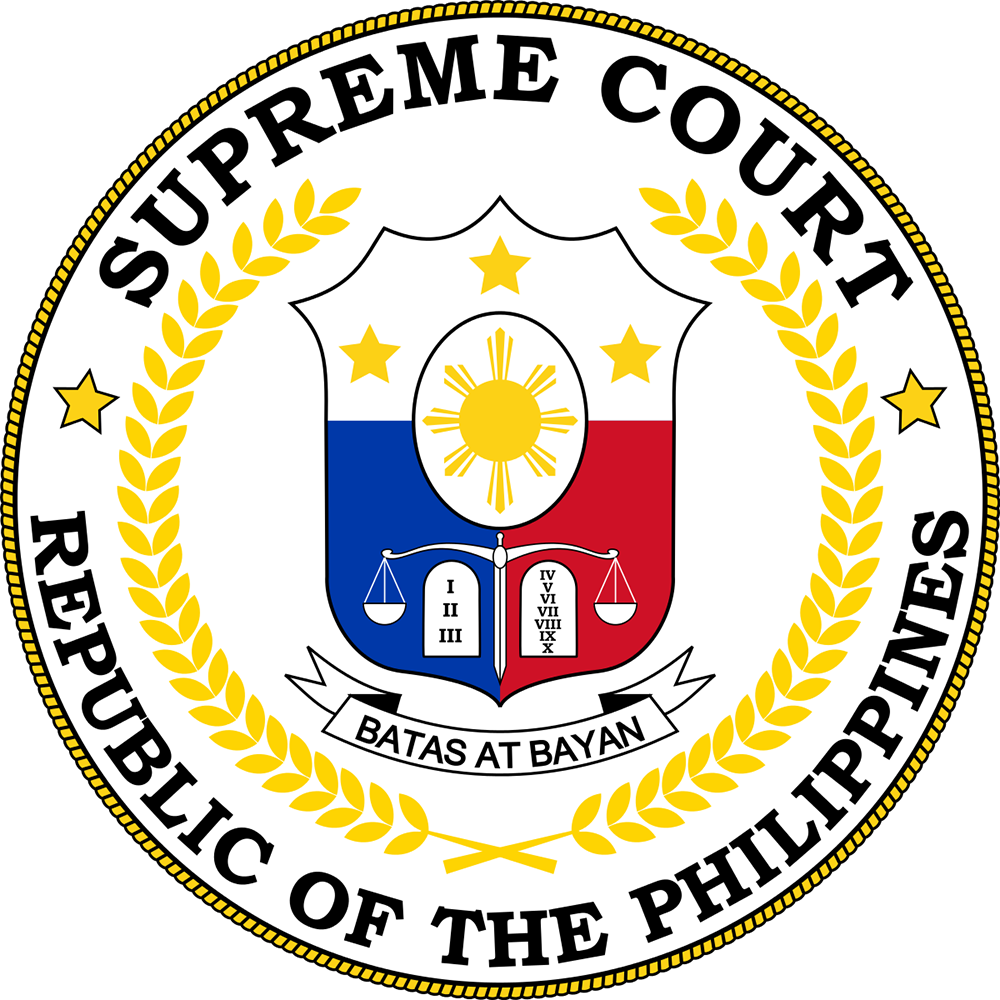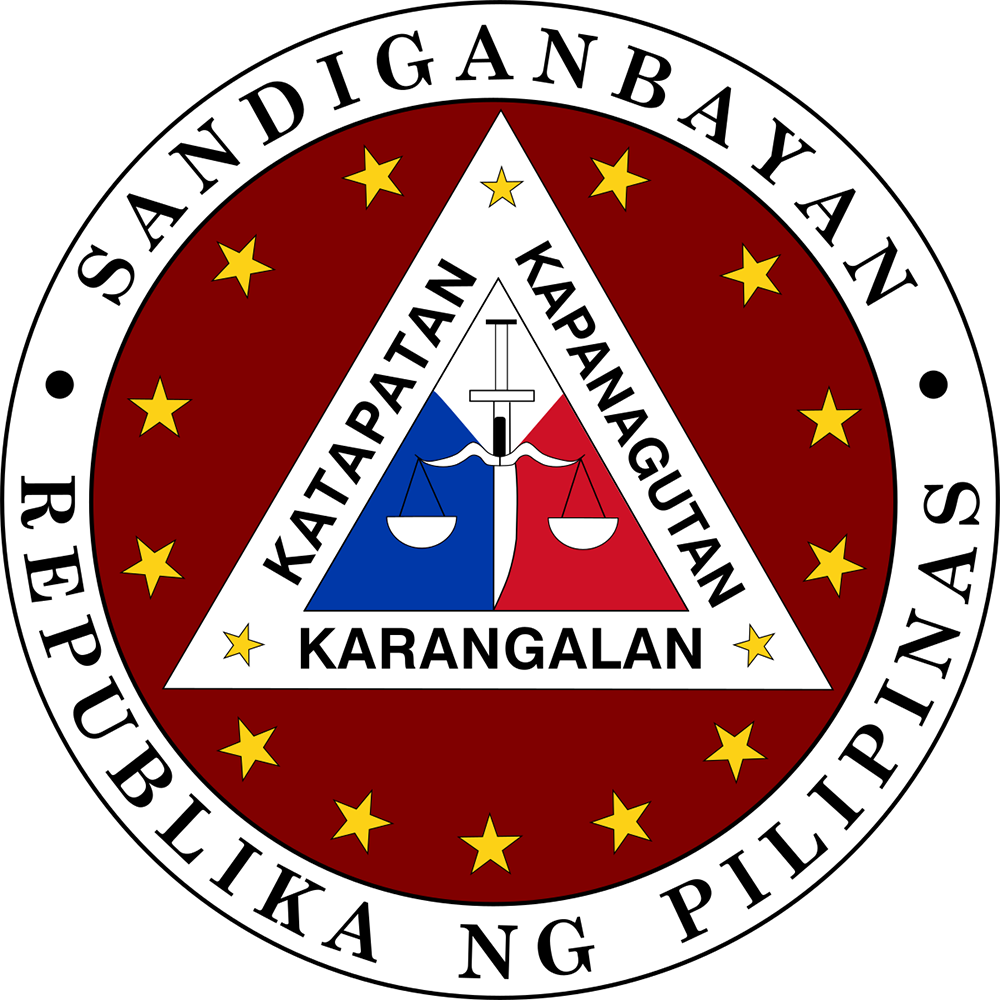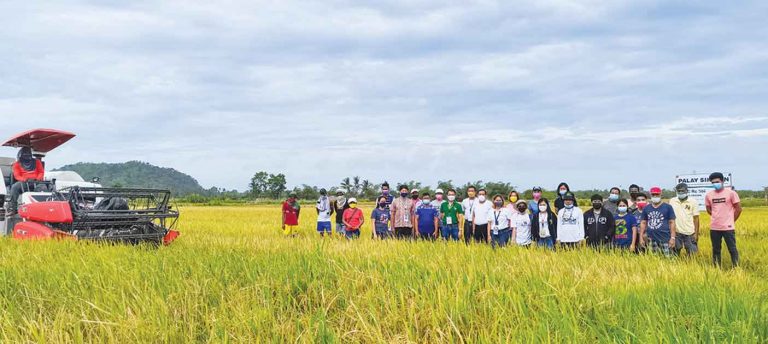
The Department of Agriculture (DA) Philippine Rice Research Institute (PhilRice) introduced certified inbred rice varieties in Tobias Fornier, Antique, through Palay Sikatan techno demo farms for farmers to improve their productivity and profitability amid the various sectoral constraints.
The Palay Sikatan is part of the Rice Competitiveness Enhancement Fund (RCEF) Seed Program, with a ₱3 billion annual allocation. It aims to demonstrate the advantages of planting high-quality inbred seeds composed of national, regional, and newly released varieties using modern farm machinery to lower the cost of producing rice, according to Fennie Lyn A. Pantin, RCEF Regional Coordinator of PhilRice Negros.
In addition to that, certified inbred seeds can boost farmers’ yield by at least 10 percent and maximize the use of other inputs, thus lowering the production expenses.
Six-hectare contiguous demonstration farms in Tobias Fornier town were planted to the following inbred seeds recommended by PhilRice in the wet and dry cropping seasons (2021-2022):
- National varieties: NSIC Rc216 and NSIC Rc222
- Regional varieties: PSB Rc10 and PSB Rc82
- Newly released varieties: NSIC Rc 402, NSIC Rc 480, NSIC Rc 506 and NSIC Rc 442
The farmer-cooperators will be given ₱25,000.00 cash assistance as reimbursement for their expenses incurred in purchasing seeds, fertilizers, pesticides, and labor from land preparation to harvesting. PhilRice also equipped farmers with technologies and practices for proper plant care, pest diagnosis, and fertilizer application.
Meanwhile, PhilRice, in collaboration with the Provincial and Municipal Agriculture Offices, assists farmers in the pest management and proper fertilization of palay.
Pantin said they urged local farmers to use the Minus One Element Technique (MOET) to determine the right fertilizer amount to apply based on the soil nutrient deficiency analysis.
In the wet season last year, farmers in Tobias Fornier attained 4.95 metric tons per hectare average yield at 14 percent moisture content. Based on the actual field data, NSIC Rc 216 has the highest average yield per hectare of 6.76 metric tons per hectare, and the lowest is PSB Rc 82 with 4.22 metric tons per hectare yield.
Meanwhile, the yield performance of inbred seeds planted this dry season is yet to be determined until the entire demonstration site is harvested.
Other than the demonstration farms in Tobias Fornier, PhilRice also has Palay Sikatan techno demo sites in Brgy. Bolo, Roxas City and Brgy. Calitan Panay in Capiz; Brgy. Cubay South, Bugasong, Antique; Brgy. Bugasongan, Lezo and Brgy. Capilijan in Ibajay, Aklan this dry season.
Municipal agriculturist Renesito Labnao credited the increase in the palay yield to the establishment of the techno farm and the inputs provided by DA, PhilRice, PhilMech, Agricultural Training Institute, and the provincial agricultural office.
Meanwhile this year, 34,333 Antique rice farmers cultivating two hectares or less rice areas listed in the Registry System for Basic Sectors in Agriculture (RSBSA) will receive P5,000 each under the RCEF Rice Farmers Financial Assistance (RFFA) through the Development Bank of the Philippines.
DA Western Visayas Regional Information Officer James Earl Ogatis distributed various IEC materials and production guides on PalayCheck System and other science-based rice technologies to farmers attending the Palay Sikatan Field Day on January 25 in Tobias Fornier. He also stressed the significance of providing farmers with up-to-date information on matured and emerging rice-growing technologies. (DA-RAFIS 6)
SOURCE: https://www.panaynews.net

